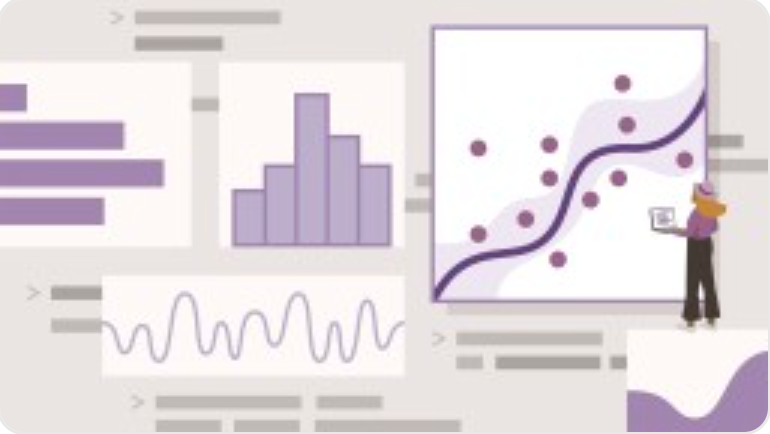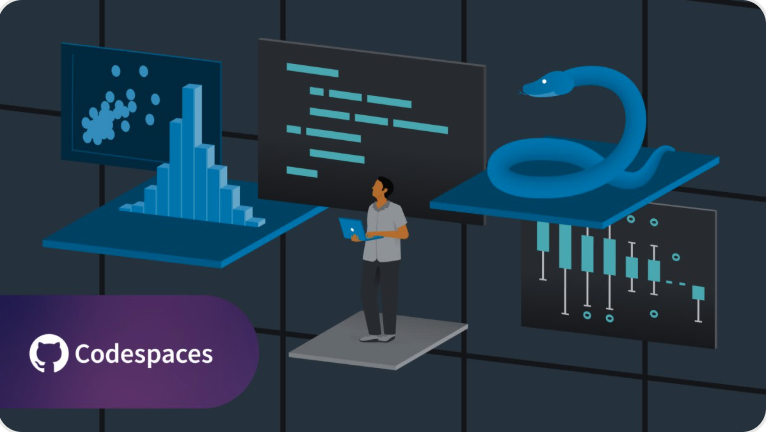During the summer months, many faculty work with a small group of students on research projects. These projects frequently require students (and sometimes faculty) with a need and the opportunity to develop skills that are both required to complete the work, and are a useful addition to the resume.
Online training
To this end, many faculty ask for some of the seats the College purchases for access to training through DataCamp.
DataCamp is a useful, guided environment for learning the R statistical environment. It’s also great for learning programming in Python and the tools that go along with both R and Python, such as Jupyter Notebooks, plotting libraries and a variety of data visualization tools that can be leveraged to present research. And DataCamp provides code examples and graded practice sessions throughout each “course” they offer, all through a very nice web interface. So you don’t have to run any code on your own system while you’re learning. However, the number of seats we have for this resource is limited each year, and though we do refresh the license each September, we do hit our limit early in the Summer.
Another great resource
The good thing is that there are lots of alternatives to getting started with R & Python! Another resource that the College also pays for, for students, faculty and staff, is LinkedIn Learning, through which you can learn about a wild variety of software tools, and some life skills too (One of my favorite courses is on “Getting things done” with David Allen).
Just log into LinkedIn Learning with your College credentials, and you’ll be able to search for and engage in a variety of courses and training material around R and Python (and the whole host of other topics from software tools, like the Microsoft or Adobe suites to personal time management, and management skills). These are high-quality, well vetted and well presented video training sessions available to you through the College’s paid access to that resource.
The courses are searchable and it’s easy to get the transcripts of the training sessions. In fact, if you already know the material at a basic level, it can be a great way to level up your skills. But there is also a solid foundational element within LinkedIn Learning as well. I often recommend that students and faculty use LinkedIn Learning courses as reference material, because it’s just so easy to find a 5 minute video within a 5 hour course, that details just what you need to learn!
Example courses

Some examples for learning R through LinkedIn Learning include: Getting Started with R for Data Science, Complete Guide to R: Wrangling, Visualizing, and Modeling Data, R for Data Science: Analysis and Visualization, Data Wrangling in R, Data Visualization in R with ggplot2, Build Advanced Charts in R and Creating Maps with R, and many more!

Examples for Python include: Python Quick Start, Python Essential Training, Learning Python, Python Statistics Essential Training, Python for Students, Python Data Analysis, Data Analysis with Python and Pandas, Advanced Python: Working With Data, and Python for Data Visualization. These courses represent a sampling of what’s available from a basic intro, through intermediate and advanced levels in each area.
Even more training opportunities!
But that’s not all! There are lots of other, free, 3rd party online training resources out there too. For example. Coursera hosts online training from notable colleges and universities around the country. There are also intro courses in both Python and R from CodeAcademy. And you can find content on Python at Python.org and from other online resources too. In most cases, including DataCamp, the basic level of training is free to the user, so it’s only when you get more advanced that you actually need a license for DataCamp, and others resources! So sign up and check out the basics, and build your skills!



